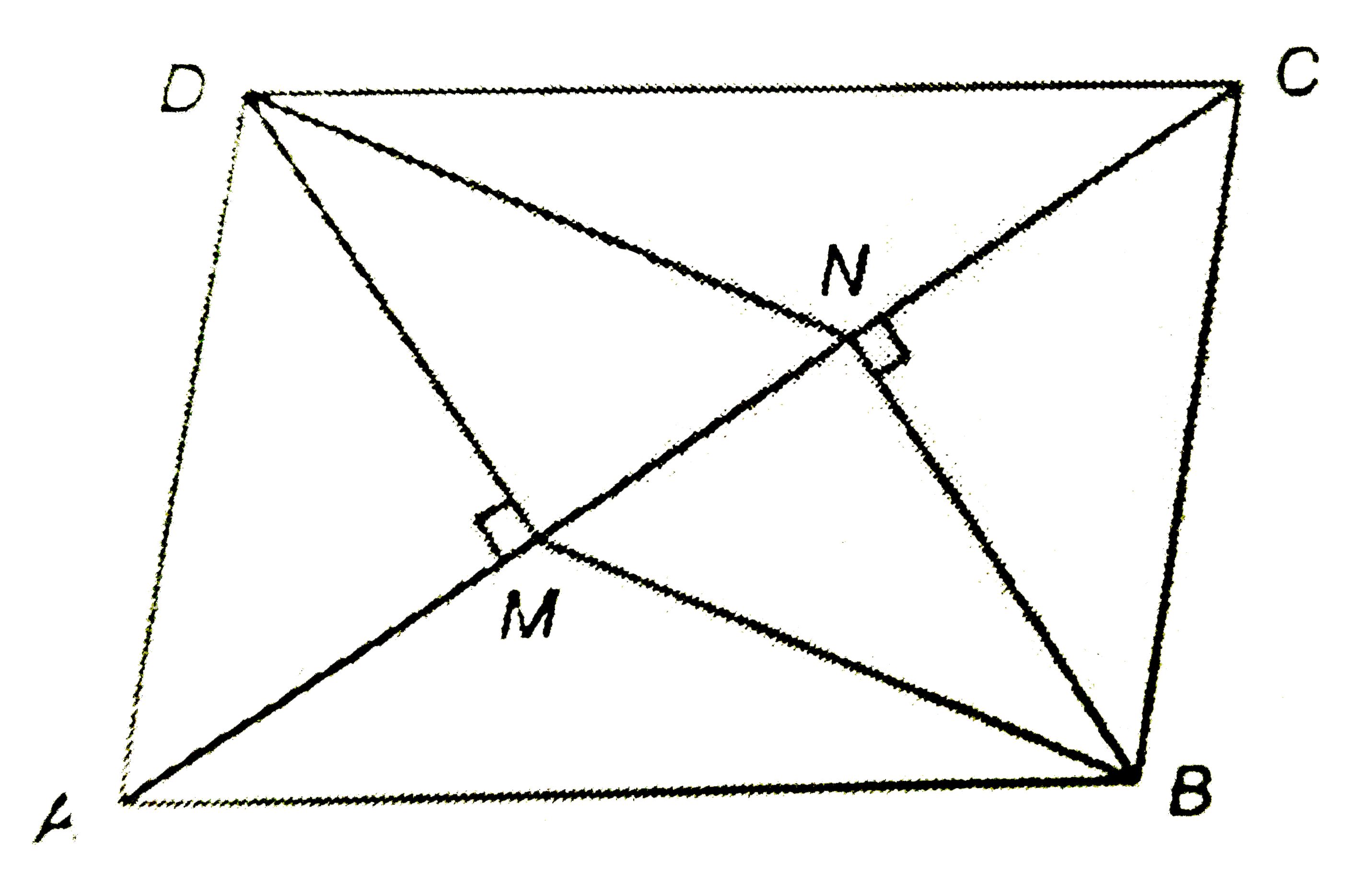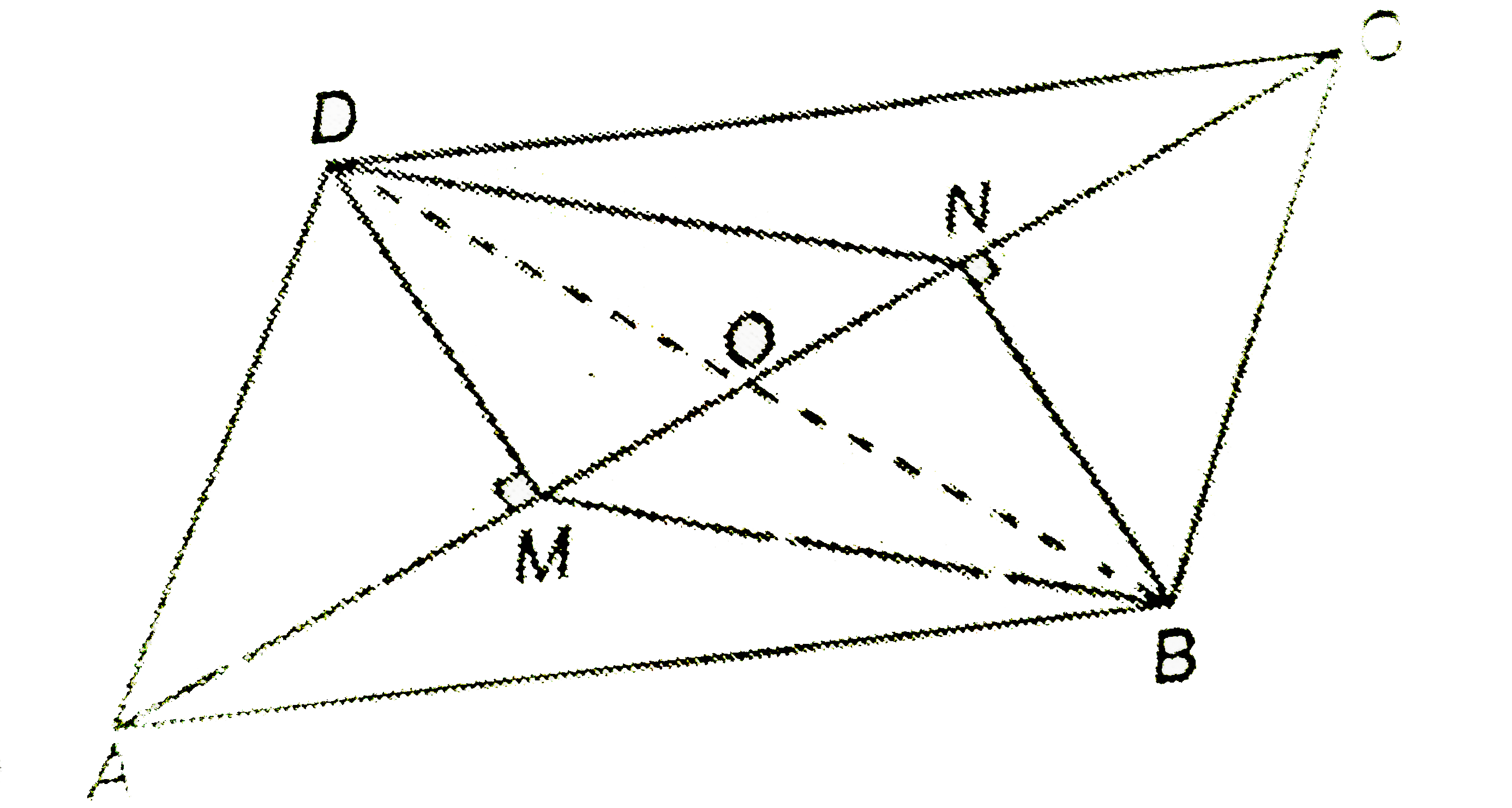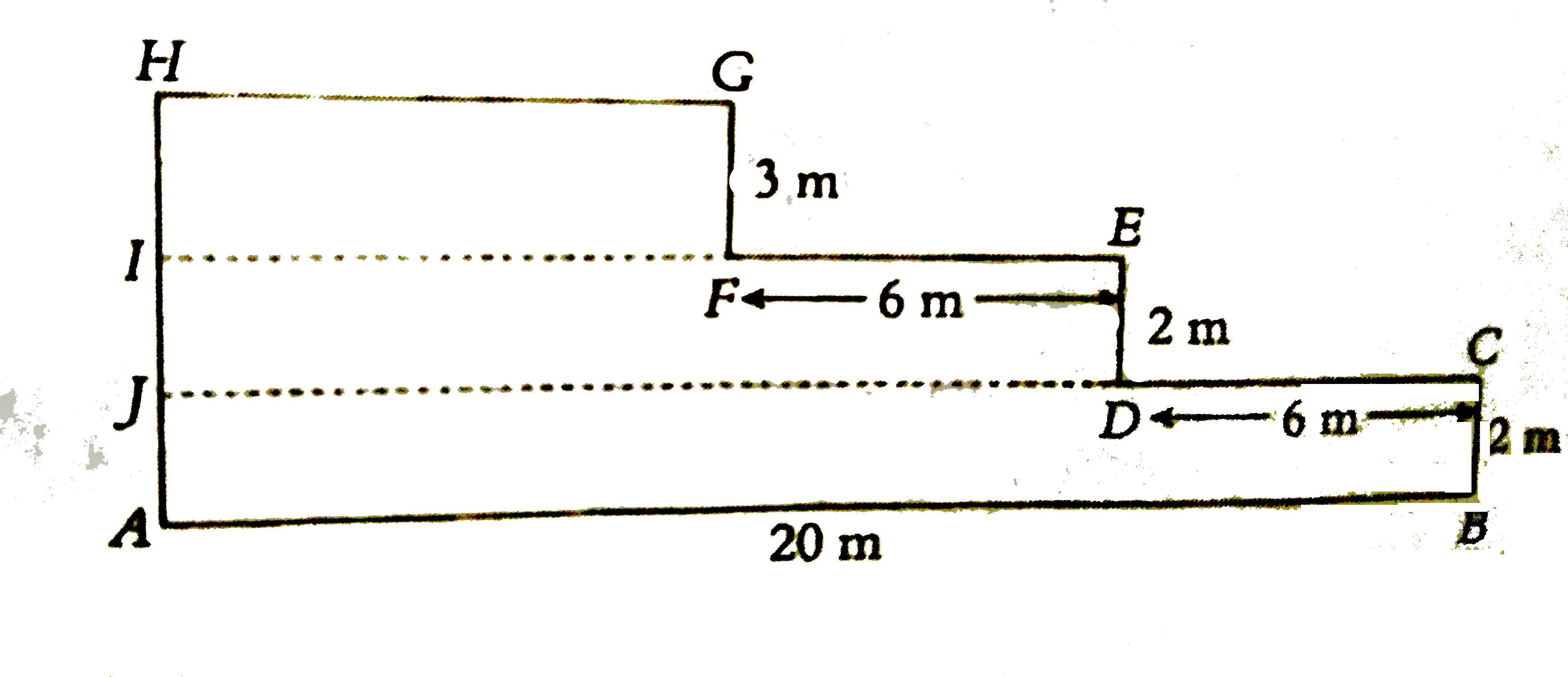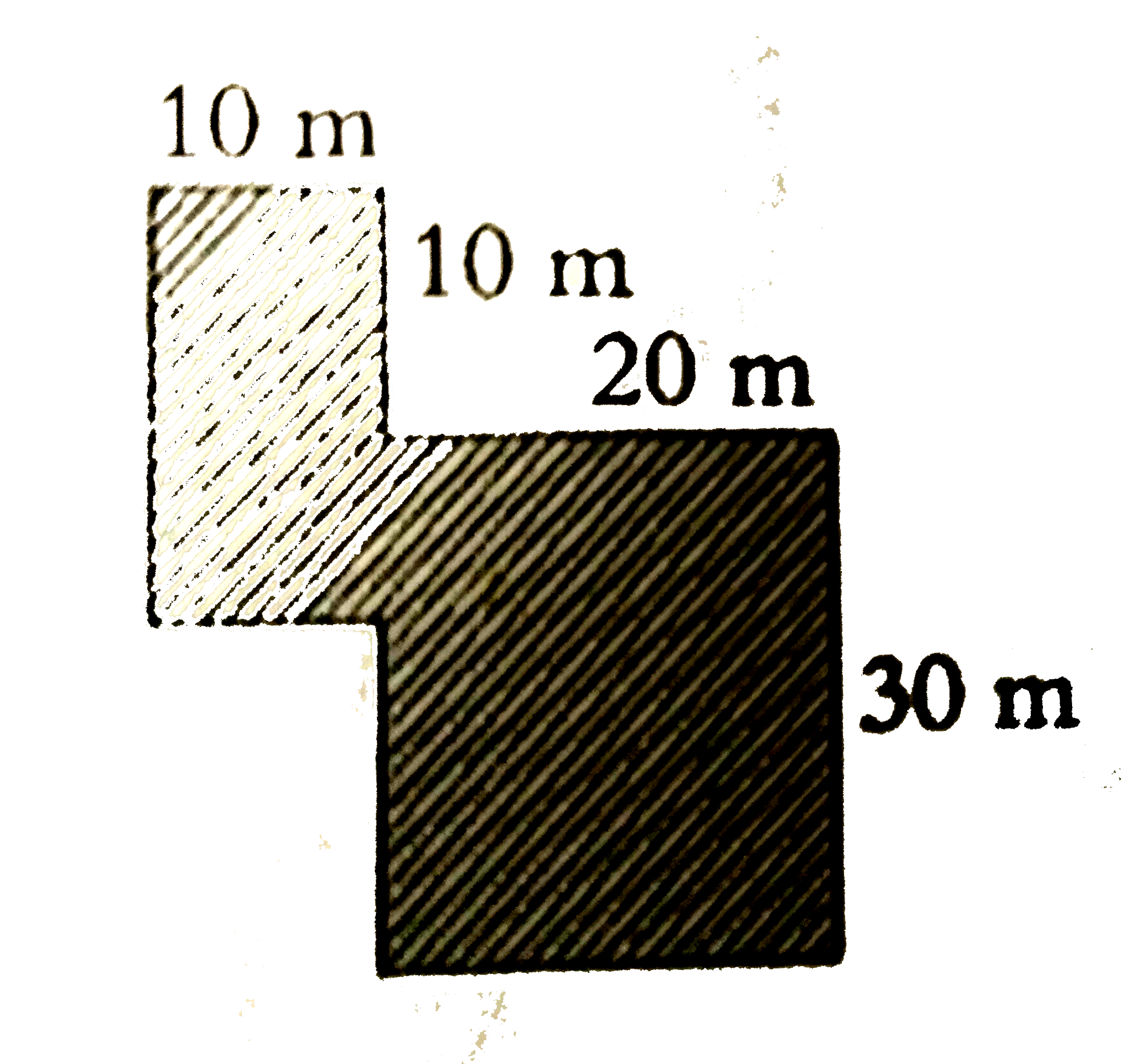In the given figure, □ABCD is a parallelogram. If DM ⊥ AC and BN ⊥ AC, then show that □BNDM is a parallelogram.

InΔADMandΔCBN,
∵⎧⎪⎨⎪⎩AD=CB(opposite sides of parallelogram)∠AMD=∠CNB(each90∘)∠DMA=∠BCA(alternate interior angles)
∴ΔADM≅ΔΔCBA (AAS therem)
Again, in ΔCDNandΔABM, (c.p.c.t)
Again, in ΔCDNandΔABN,
∵⎧⎪⎨⎪⎩CD=AB(opposite sides of a parallelogram)∠DCN=∠BAM(alternate interior angles)∠CN=AM(proved above)
∴ΔCDN≅ΔABM (SAS theorem)
⇒DN=BM (c.p.c.t)
Now, DM= BN and DN = BM
⇒□BNDMis a parallelogram. (∵pairs of opposite sides are equal)
Alternative Method :
Construction : Join BD which intersect AC at O.
Proof : In ΔADMandΔCBN,
∵⎧⎪⎨⎪⎩AD=CB(opposite sides of a parallelogram)∠AMD=∠CNB(each90∘)∠DAM=∠BCN(alternate interior angles)
∴ΔADM≅ΔCBN (AAS)
∴AM=CN ...(1)(c.p.c.t)

But since □ABCD is a parallelogram
∴AO=OC....(2)andDO=OB....(3)} (diagonals of a parallelogram bisect each other)
Substacting (1) from (2), we get
AO- AM = OC - CN
⇒ OM=ON ...(4)
Now, from (3) and (4), we can say that diagonals of a quadrilateral BNDM bisect each other.
Hence □BNDM is a parallelogram.
Topper's Solved these Questions
- BOOK - NAGEEN PRAKASHAN ENGLISHCHAPTER - QUADRILATERALSEXERCISE - Problems From NCERT/exemplar11videos
QUADRILATERALS
- BOOK - NAGEEN PRAKASHAN ENGLISHCHAPTER - QUADRILATERALSEXERCISE - Exercise 8a29videos
QUADRILATERALS
- BOOK - NAGEEN PRAKASHAN ENGLISHCHAPTER - PROBABILITYEXERCISE - Revision Exercise (very Short Answer /short Answer Questions)10videos
PROBABILITY
- BOOK - NAGEEN PRAKASHAN ENGLISHCHAPTER - STATISTICSEXERCISE - Revision Exercise12videos
STATISTICS
Similar Questions
Show that if the diagonals of a quadrilateral bisect each other at right angles, then it is a rhombus.
04:42View SolutionThe angles of a quadrilateral are 89∘and113∘ If the other two angles are equal, find the equal angles.
02:11View SolutionWhat is the probability of an impossible event?
01:31View SolutionIf the heights of 5 persons are 140 cm, 150 cm, 152 cm, 158 cm and 161 cm respectively, find the mean height.
02:45View SolutionIn the given figure, □ABCD is a parallelogram. If DM ⊥ AC and BN ⊥ AC, then show that □BNDM is a parallelogram.
 02:17View Solution
02:17View SolutionDetermine the point of symmetry of a regular hexagon.
05:41View SolutionDtermine the images of the following figure about the given line :
03:28View SolutionMatch the following Column A to Column B
 02:31View Solution
02:31View SolutionMatch the following Column A to Column B
 02:21View Solution
02:21View SolutionMatch the following Column A to Column B
 02:03View Solution
02:03View SolutionFind the area of figure given below.
 02:10View Solution
02:10View SolutionFind the perimeter of the figure given below.
 02:17View Solution
02:17View SolutionFind the area of the figure given below.
 02:10View Solution
02:10View SolutionThe area of the shaded part in the figure given below is ______.
 04:23View Solution
04:23View SolutionThe inequation represented by the graph given below is :
02:42View SolutionThe inequation that best describes the graph given below is _________
01:19View Solution

